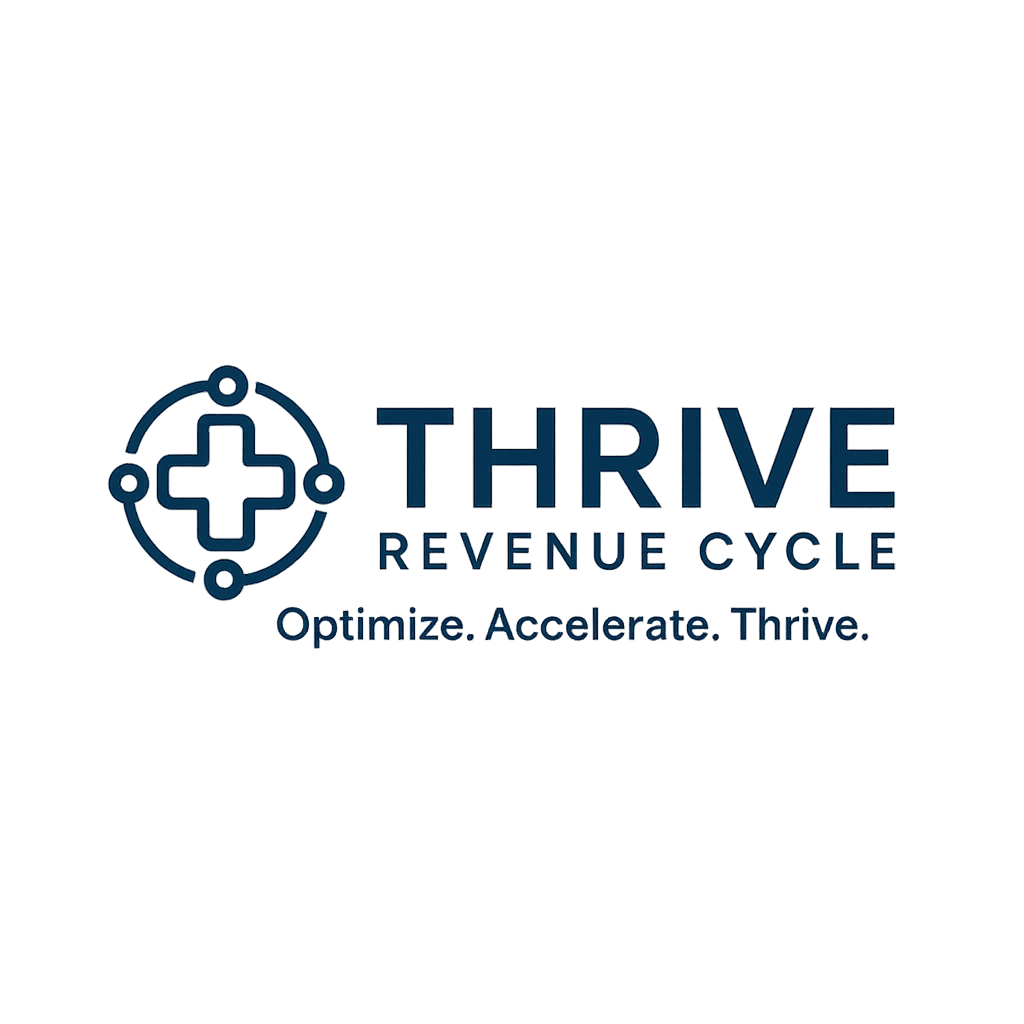Your cart is currently empty!
If your AR team spends more time on hold than resolving issues—or if they’re constantly being transferred, disconnected, or “call back later-ed”—you’re not alone. Payers have made it increasingly difficult to escalate inquiries, resolve claim holds, or even speak to a human. The result? Escalation fatigue: a costly blend of burnout, delays, and avoidable write-offs.
The New Reality of Payer Communication:
Payers have quietly engineered a system that discourages direct resolution. Whether through AI-powered phone trees, endless portal redirects, or scripted first-line reps with zero authority, they’ve created a buffer zone that slows down issue resolution and shifts the burden back to the provider.
This forces AR reps into frustrating cycles:
- Spending 45+ minutes just to reach a person
- Getting inconsistent or incomplete answers
- Being told to “resubmit” without real resolution
- Losing momentum across follow-ups due to system gaps
The cost isn’t just time—it’s revenue that ages past timely filing or appeal windows while your staff is stuck navigating bureaucracy.
Why Escalation Fatigue Is a Silent Killer:
Burned-out AR teams don’t escalate effectively—they give up. And when they do, the cost is more than just one claim. You’re left with:
- Aging AR spikes in your 60–120 day buckets
- Increased write-offs from unresolved claims
- Slower cash flow and forecasting problems
- High turnover risk in one of your most knowledge-heavy departments
Smart Escalation ≠ More Phone Calls—It’s Smarter Workflows:
The solution to escalation fatigue isn’t to ask your team to “try harder.” It’s to give them tools and structures that prioritize high-impact escalations and automate the rest.
Start with:
- AR stratification: Segment claims by payer, issue type, and value so teams know what must be escalated
- Payer-specific playbooks: Document best escalation routes, key contacts, and call scripts that get results
- Batch work tactics: Assign reps to payer or denial-type cohorts to build deeper, faster expertise
- Escalation timers: Automate reminders and escalation thresholds so claims aren’t left to rot in follow-up limbo
- Analytic dashboards: Track not just AR totals—but time to resolution and first-contact success rates
How Thrive Turns Escalation Into Resolution:
At Thrive Revenue Cycle, we help clients design AR workflows that reduce unnecessary calls while improving success rates. We build payer-specific escalation guides, automate aged AR triggers, and realign staffing models to reduce burnout. In doing so, we’ve helped teams cut average time-to-resolution by over 30%—without hiring more staff.
Conclusion:
If your AR team is stuck in an endless loop of phone trees and half-answers, it’s time to rethink the system—not just the staffing. Because in today’s payer environment, smart escalation isn’t optional—it’s essential to staying solvent.

